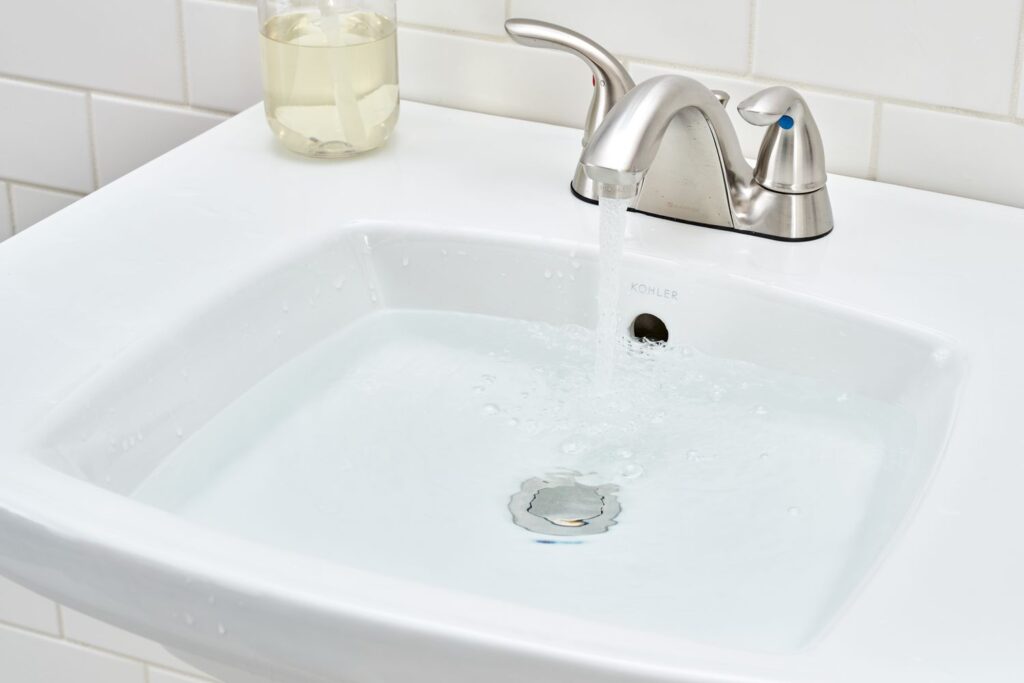Ever Noticed That Tiny Hole in Your Bathroom Sink? Here’s What It’s Actually For – Most People Have No Clue!

Ever Noticed That Tiny Hole in Your Bathroom Sink? Here’s What It’s Actually For – Most People Have No Clue!
When you think about your bathroom, the last thing that probably grabs your attention is the humble wash basin. We use it daily—to brush our teeth, rinse our face, or wash our hands—but rarely do we stop to notice the small design details. One such overlooked feature is the tiny hole located just below the faucet in most bathroom sinks.
You’ve probably seen it countless times, but like many others, you may have never questioned what it’s there for. It seems insignificant, right? In reality, this little hole plays a surprisingly important role in your bathroom setup—one that can save you from a soggy mess and plumbing issues.
Let’s take a closer look at what this mystery hole does, and why it’s missing from your kitchen sink.
What’s the Purpose of the Small Hole in the Wash Basin?
Whether you’re at home, in a hotel, or at a restaurant, you’ll notice that most bathroom sinks have a small, circular hole just under the tap area. You may have never used it directly, but it’s far from decorative.
This hole is technically known as an overflow hole. As the name suggests, it helps prevent water from overflowing the basin if the main drain is blocked or water is left running accidentally. If for some reason the water starts collecting in the sink and rises above a certain point, the overflow hole steps in—directing the excess water away through a separate pipe. This can stop your bathroom from turning into a mini flood zone.
Why Don’t Kitchen Sinks Have This Overflow Hole?
Interestingly, most kitchen sinks don’t feature this hole — and that’s by design. The structure and use of kitchen sinks differ greatly from bathroom wash basins.
Bathroom sink kitchen sink
Bathroom basins are generally shallower and used more frequently for small tasks like washing hands or face, where accidental overflows are more likely. Kitchen sinks, on the other hand, are usually deeper and monitored more closely while in use, especially during tasks like dishwashing. They also come with better drainage mechanisms and filters, making an overflow hole less necessary.
Not Just for Water – It Helps Airflow Too
Apart from handling excess water, the overflow hole also plays a hidden role in maintaining proper air circulation within the drain. When air can’t escape easily from the drainage pipe, water tends to drain slowly and inefficiently. The overflow hole allows trapped air to pass through, helping the water drain faster and keeping the basin working smoothly.
In simple terms, it’s like giving your sink a way to breathe.
Bathtubs Use the Same Smart Design
You might have also noticed a similar overflow hole in your bathtub. It works on the same principle. If you forget to turn off the water or deliberately leave it running to fill the tub, the overflow hole ensures water doesn’t spill out once it hits a certain level. Instead, it redirects the extra water through a hidden pipe, keeping your bathroom floor dry and safe.
What If the Sink Doesn’t Have This Hole?
Modern sink designs — especially the stylish or minimalistic ones — sometimes skip the overflow hole entirely. While they might look sleek, the absence of this feature comes with risks. If the main drain clogs or you accidentally leave the tap running, the water has nowhere else to go but over the edge, potentially causing water damage to your floors, walls, or cabinets.
Disclaimer:
This article is intended for general informational purposes only. The design and features of sinks may vary based on brand, model, and installation. For any plumbing concerns or modifications, always consult a certified professional.












